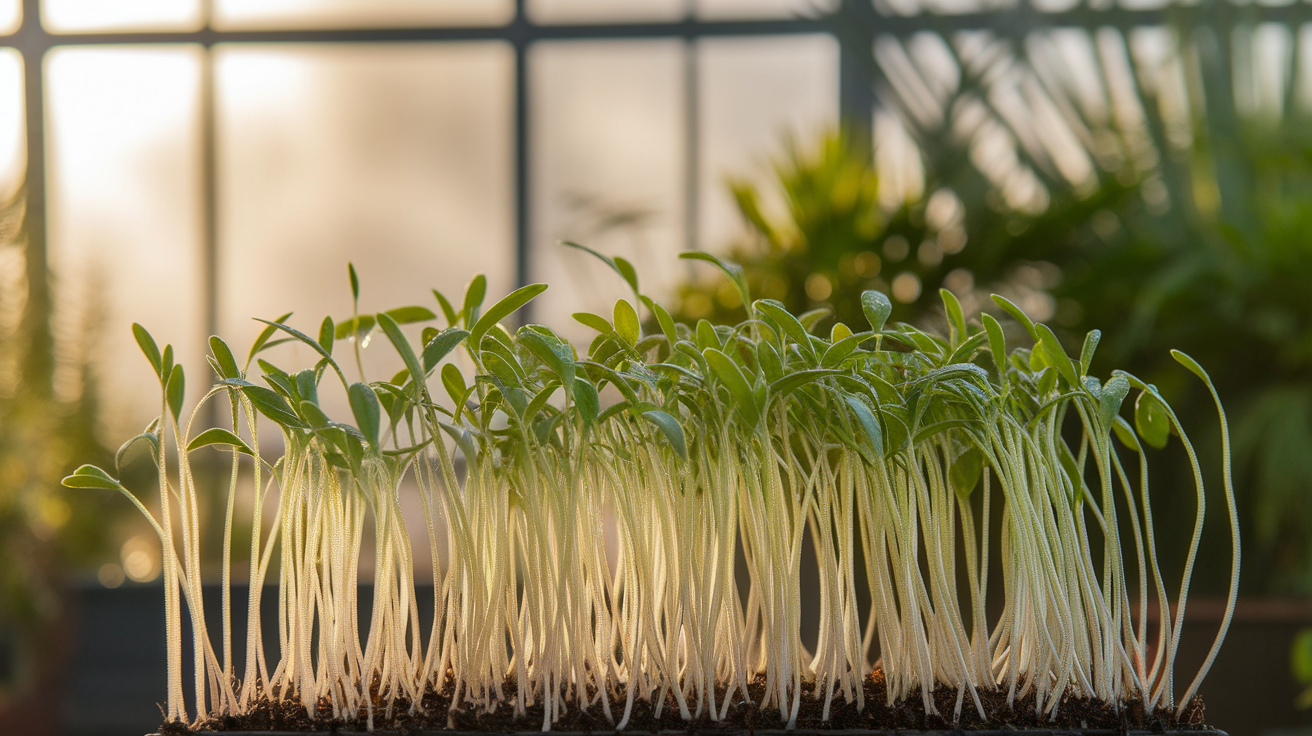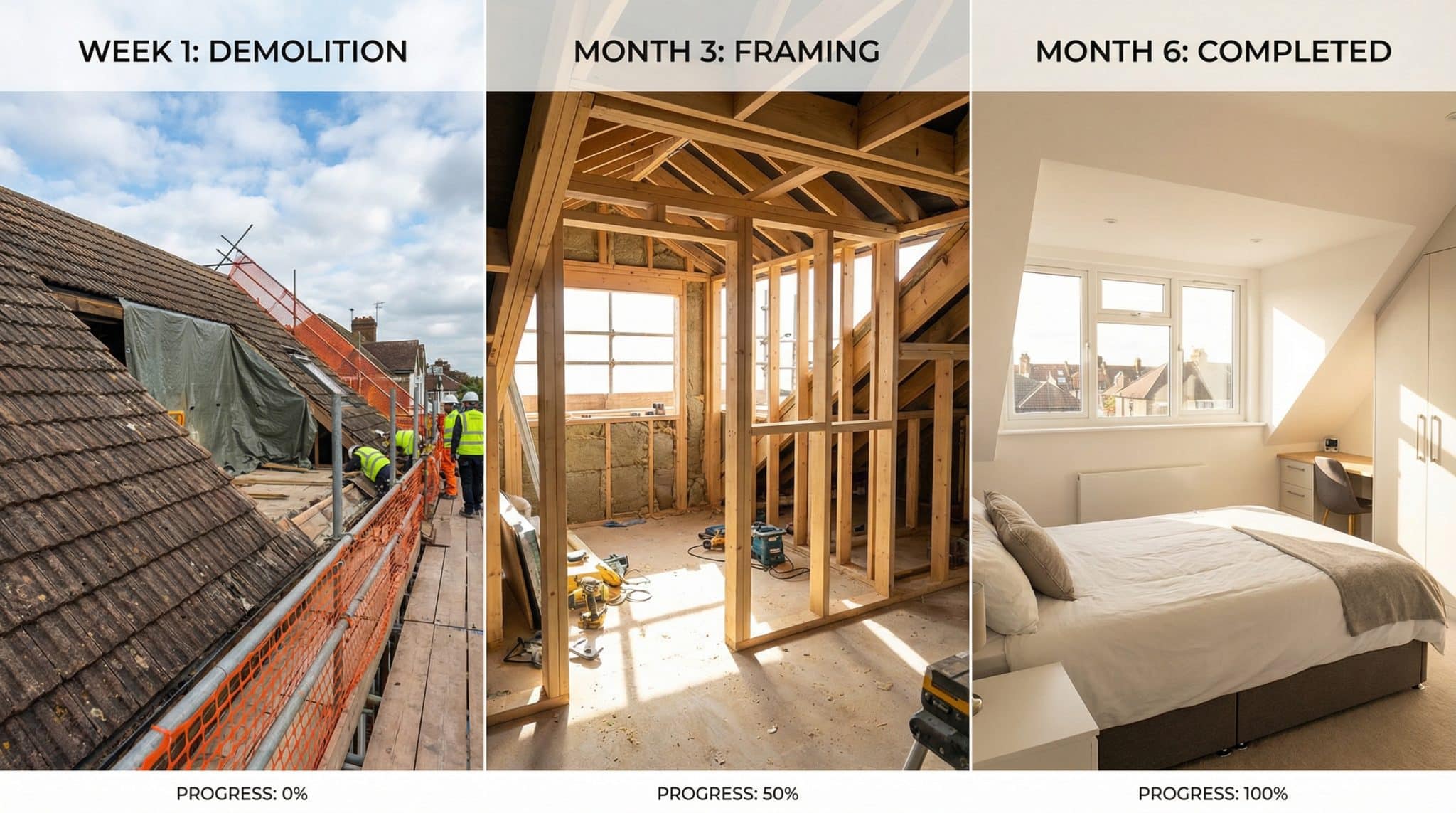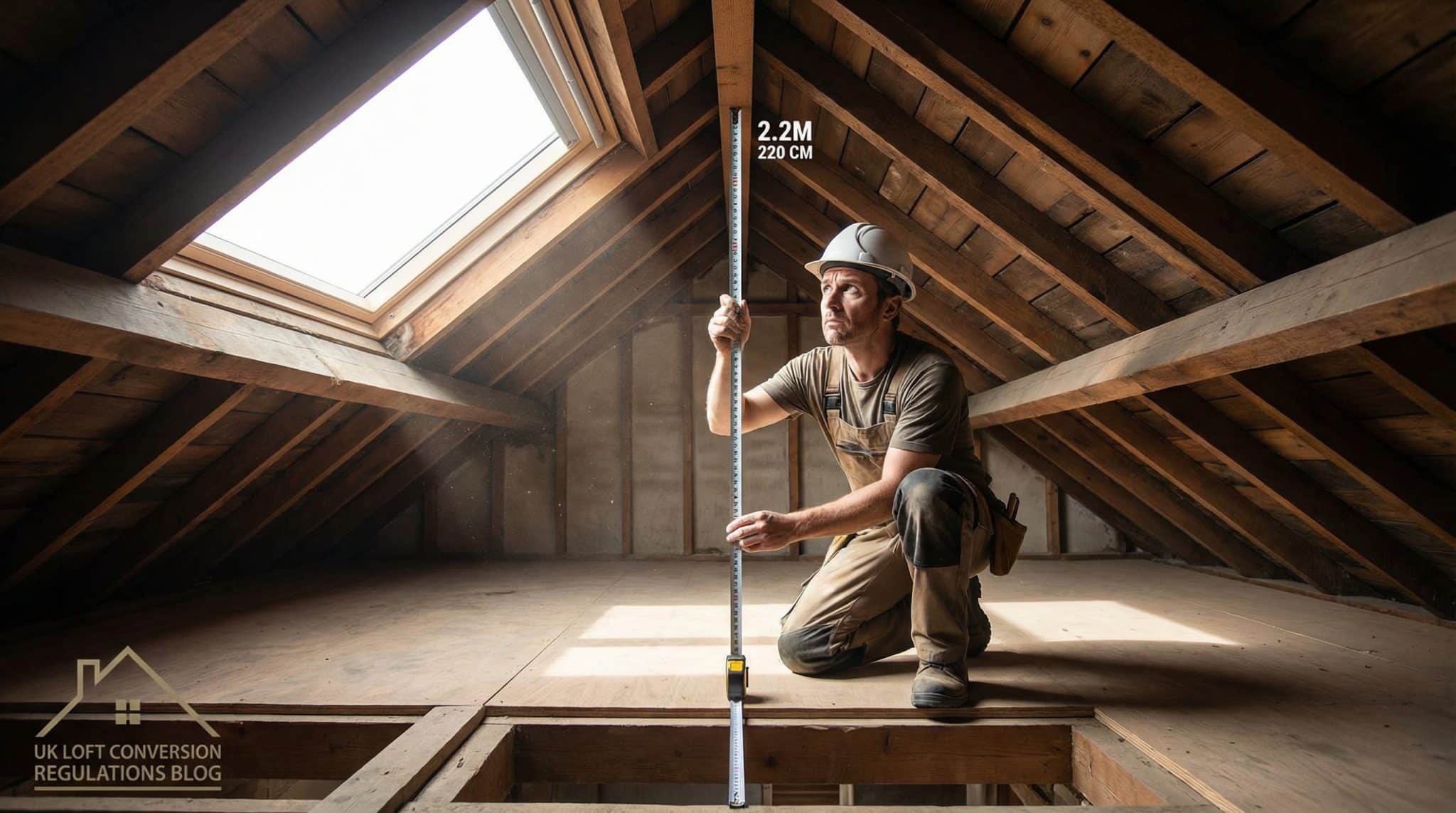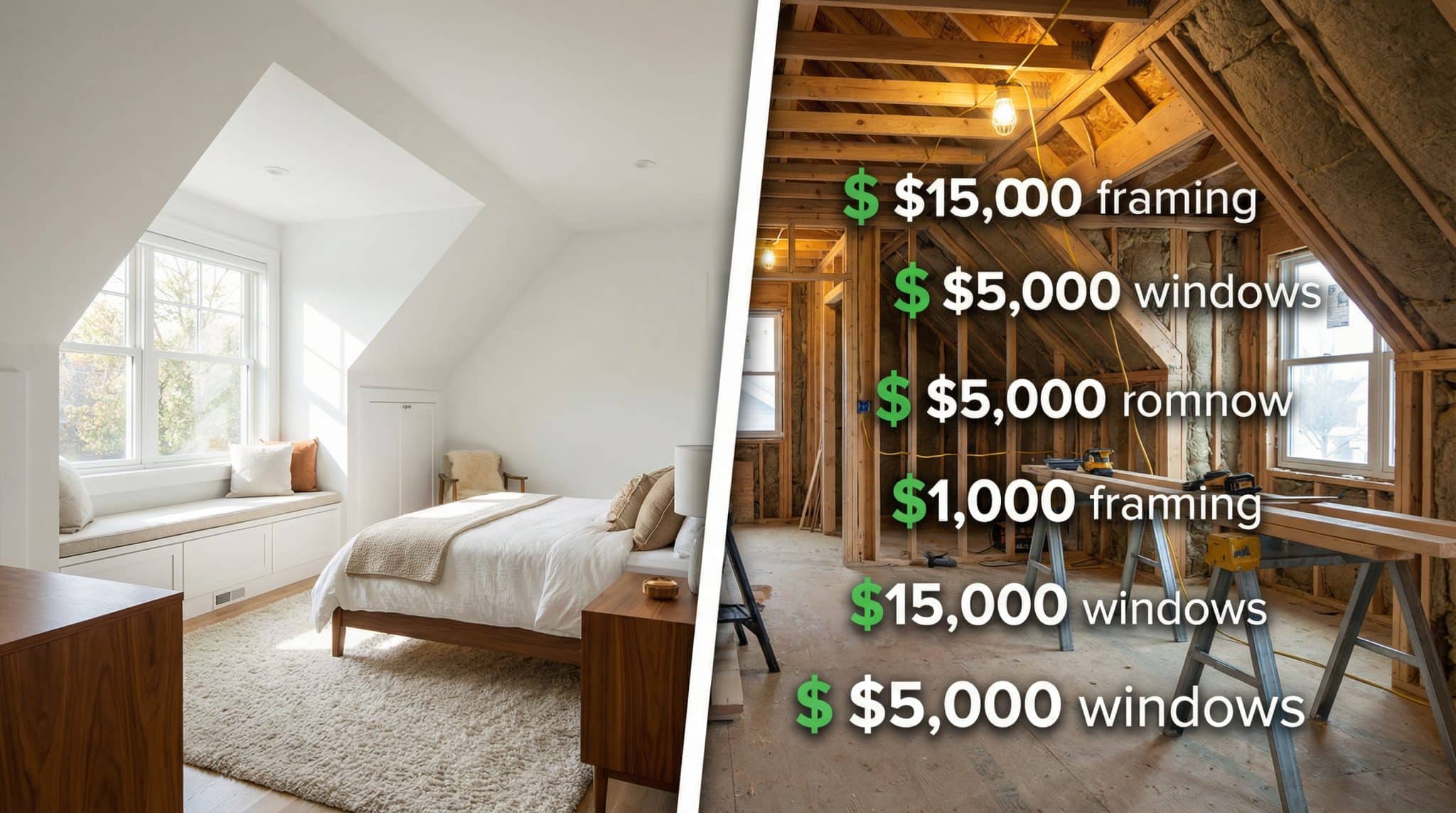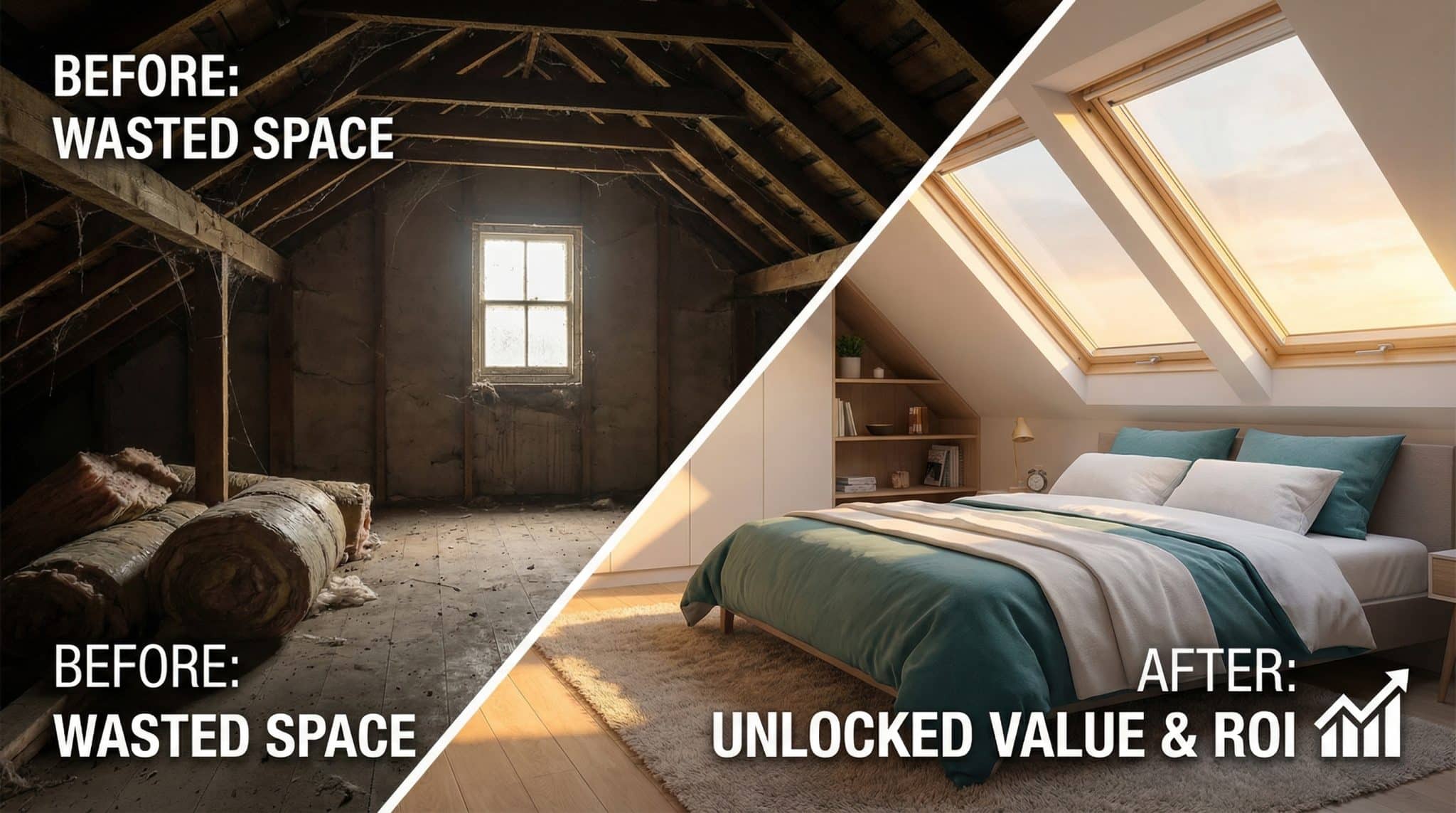Starting seeds indoors should yield strong, healthy plants, not weak, wobbly seedlings that resemble overcooked spaghetti. Many gardeners face the frustrating problem of leggy seedlings that grow too tall and thin, making them susceptible to transplant shock.
In this guide, you’ll find instructions on how to assess your seedlings to identify leggy growth patterns, protect weak plants using five proven rescue techniques, and prevent future problems with proper spacing, timing, and care strategies.
Whether you’re growing tomatoes, peppers, or herbs, these simple techniques will transform your stretched-out seedlings into strong, productive garden champions that deliver abundant harvests.
What Are Leggy Seedlings?
“Leggy” in gardening refers to plants that have grown unnaturally tall and thin, with elongated stems that lack strength and stability.
Just like a person with long, skinny legs might appear wobbly, leggy seedlings develop stretched-out stems that can’t properly support the plant’s weight.
Leggy seedlings are baby plants that grow too tall and thin, looking like stretchy spaghetti noodles instead of strong, sturdy stems. These weak seedlings have pale green color, extra-long stems, and leaves that seem too small for their height.
You’ll spot them easily. They bend over, can’t support themselves, and look ready to topple. Tomatoes, peppers, lettuce, and herbs are the primary culprits for developing leggy growth. Most gardeners face this problem when starting seeds indoors.
Can You Fix Leggy Seedlings?
Yes, you can fix most leggy seedlings! Don’t throw them away just yet. Think of them like leftovers that need a little creativity to become a great meal again. The key is acting fast before they get too weak to recover.
Your rescue options include:
- Burying the stem deeper when transplanting for stronger root development
- Adding more light immediately to stop further stretching
- Providing physical support with stakes or ties
- Taking advantage of forgiving plants like tomatoes that grow new roots along buried stems
Leggy vs. Healthy Seedlings: Key Differences at a Glance
| Feature | Leggy Seedlings | Healthy Seedlings |
|---|---|---|
| Stem | Thin and elongated | Thick and proportionate |
| Height | Taller than normal, stretched appearance | Compact and appropriate for age |
| Leaf Placement | Sparse, mostly at the top | Evenly spaced along the stem |
| Color | Pale green or yellowish | Deep green and vibrant |
| Posture | Leaning or floppy | Upright and sturdy |
How to Improve Leggy Seedlings?

1. Replanting Deeper (Like Tomatoes)
When transplanting, bury the long stem up to the first set of true leaves. This method works best for tomatoes, peppers, and other sturdy plants. The buried stem will grow new roots, strengthening your plant. Use fresh soil and plant in a deeper container or garden bed.
2. Adding Supplemental Grow Light
Place a grow light 2-4 inches above your seedlings immediately. Keep lights on for 12-16 hours daily to strengthen weak stems. LED or fluorescent lights work well for most home setups. Move lights closer if seedlings still stretch after a few days.
3. Brushing or Air Circulation Method
Gently brush seedlings with your hand twice daily to simulate wind. Set up a small fan on low speed near your plants. This movement strengthens stems and prevents further stretching. The physical stress makes plants grow thicker, not taller.
4. Gradual Acclimatization Outdoors
Start moving seedlings outside for 1-2 hours in mild weather. Increase outdoor time by an hour each day over one week. Natural sunlight and a breeze will quickly toughen up weak stems. Bring them inside if the temperature drops below 50°F.
5. Use of Supports and Spacing
Insert small stakes or popsicle sticks next to wobbly seedlings. Tie stems gently with soft string or plant ties. Give each plant more room by thinning overcrowded containers. Proper spacing allows better light and air flow around each plant.
How to Prevent Leggy Seedlings?
- Choosing the Right Grow Light (Type & Duration) – Use LED or fluorescent lights placed 2-4 inches above seedlings for 12-16 hours daily. Natural sunlight through windows isn’t strong enough for most seedlings, causing them to stretch toward the light. LED lights are energy-efficient and produce less heat, while fluorescent lights are budget-friendly and effective.
- Proper Seed Spacing & Thinning – Plant seeds 1-2 inches apart and thin out weaker seedlings to give survivors more room. Overcrowded seedlings compete for light and nutrients, causing them to stretch upward in an effort to access resources. When seedlings have their first true leaves, snip weaker ones at soil level rather than pulling them out.
- Best Room Temperature Ranges – Keep seedlings at 65-75°F during the day and 60-65°F at night for steady growth. Warm temperatures encourage rapid, weak growth, while cooler nights help strengthen stems. Use a thermometer to monitor conditions and avoid placing seedlings near heat sources or cold windows.
- Using Reflective Surfaces for Light Bounce – Place aluminum foil or white cardboard around seedlings to reflect more light onto plants. This simple trick maximizes light efficiency by bouncing it back to lower leaves and stems. Position reflective surfaces on three sides of your seedling setup, leaving the top open for air circulation.
- Timing Your Seed Starts Appropriately – To avoid keeping seeds indoors too long, start seeds 6-8 weeks before your last frost date. Starting too early means seedlings outgrow their containers and become leggy while waiting for outdoor conditions. Check your local frost dates and count backward to determine the perfect planting time for your area.
DIY Leggy Seedling Fixes: Budget-Friendly Solutions
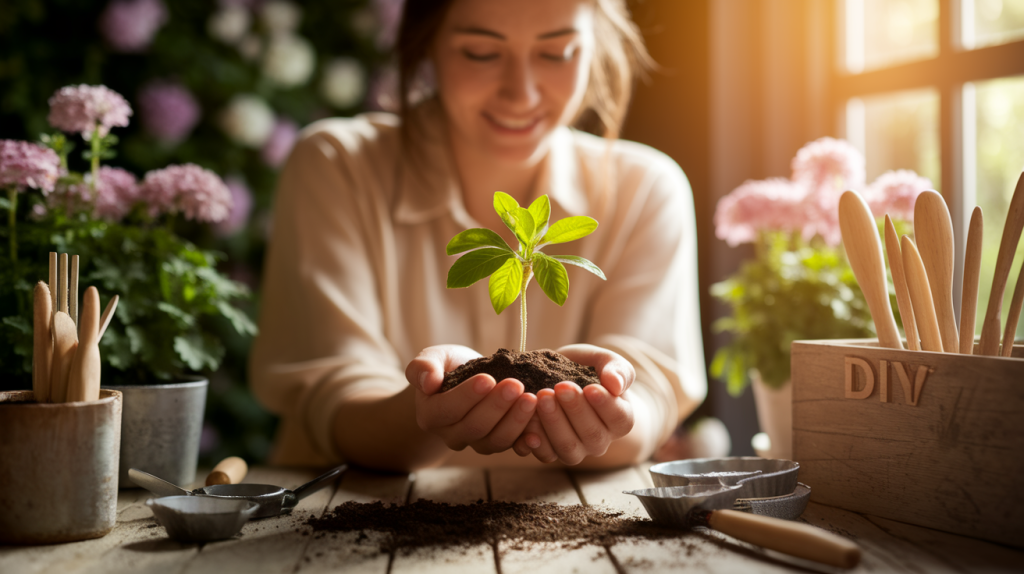
| Method | Materials Needed | Purpose / Benefit | How-To Summary |
|---|---|---|---|
| Budget Grow Light Setup | LED shop lights, an adjustable shelf or frame, and a timer | Provides consistent, direct light to prevent stretching | Hang light 2–3″ above seedlings, run for 14–16 hrs/day |
| Soil Mound Support | Extra potting mix or seed-starting soil | Physically supports tall stems by planting deeper | Gently mound soil around the base, leaving the top leaves exposed |
| Egg Carton Spacing Hack | Cardboard egg carton, scissors, potting mix | Encourages proper spacing and airflow between seedlings | Cut apart cells, plant one seed per cup, and later transplant |
When Leggy Seedlings Are Beyond Saving?
Sometimes seedlings are too far gone to save. It’s better to start fresh than waste time on dying plants. You should give up when you notice these warning signs:
- Stems are paper-thin and weak
- Plants are completely white or yellow
- Seedlings fall over despite support
- Black spots and rot appear
If your seedlings haven’t improved after a week of proper light and care, they’re likely beyond help. Starting over is actually the smarter choice. When you restart, focus on these key areas:
- Better seed spacing for healthier growth
- Proper lighting from the start
- Appropriate timing for planting
Don’t waste your old materials, though. You can reuse the potting soil by mixing it with fresh compost. Toss failed seedlings into your compost bin where they’ll help future plants grow.
Key takeaway: Sometimes, the best recipe for success is knowing when to discard the old and start anew. This approach saves time and gives you better results in the long run.
Conclusion
Leggy seedlings don’t have to ruin your gardening plans. Most stretched-out plants can bounce back with quick action and the right care. Remember to bury long stems deeper, add more light, and give your plants room to breathe.
Prevention works even better than fixing – use proper lighting, maintain good temperatures, and time your seed starting correctly.
Strong seedlings start with simple steps: adequate light, proper spacing, and consistent care. Don’t get discouraged if your first batch looks like spaghetti noodles. Every gardener faces this challenge, and now you have the tools to fix it.
Ready to grow your best seedlings yet? Start with good lighting, plant at the right time, and watch your garden transform from weak and wobbly to strong and productive.
Your future harvest depends on the foundation you build today.
Frequently Asked Questions
Can Stretched Seedlings Be Saved?
Yes, stretched seedlings can often be rescued! Try the horizontal planting method: carefully lay the seedling almost flat in the soil, then gently curve the top portion upward so only the uppermost leaves and a small section of stem remain above ground.
What Is Considered a Leggy Seedling?
A leggy seedling is a young plant that has grown unnaturally tall and thin due to insufficient light or improper growing conditions.
How to Fix a Leggy Plant?
Fix leggy plants by providing adequate light (12-16 hours daily with grow lights), burying weak stems deeper when transplanting, and improving air circulation to strengthen the structure.
